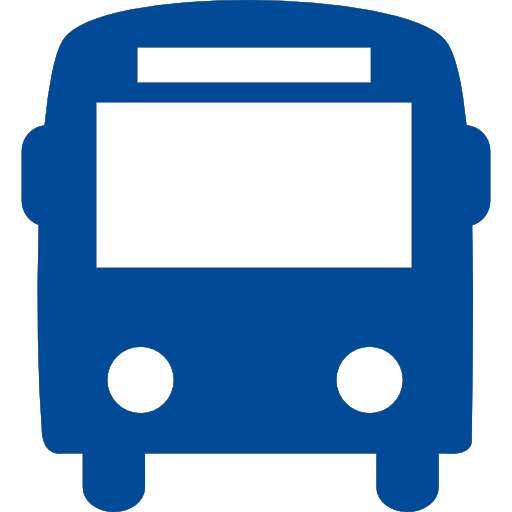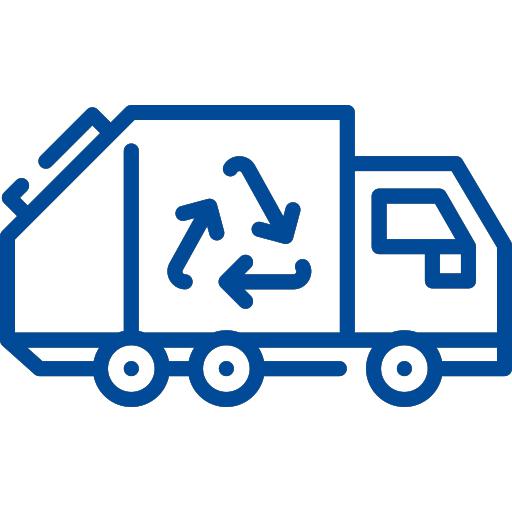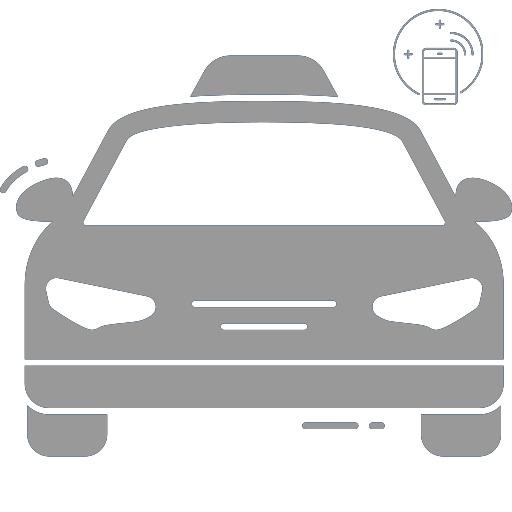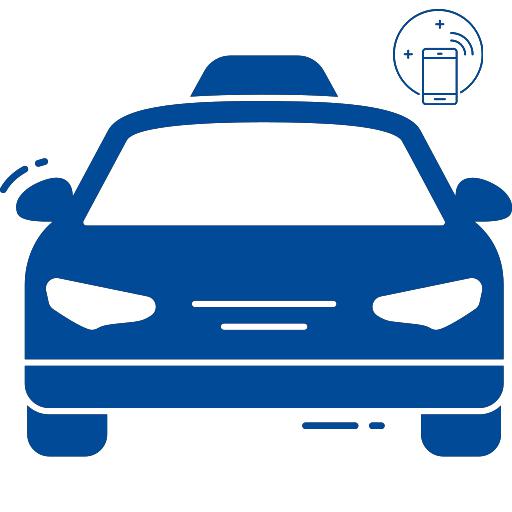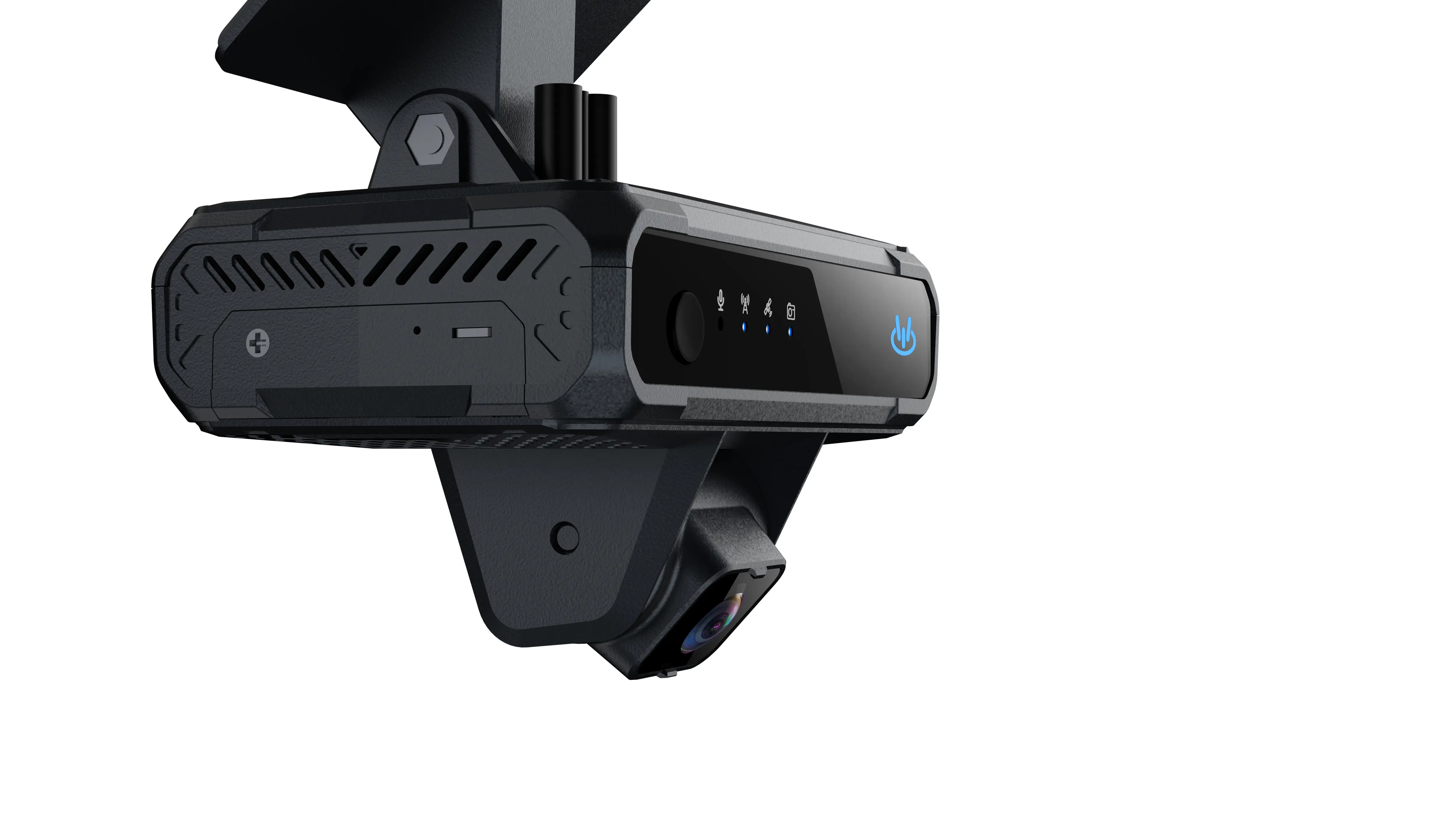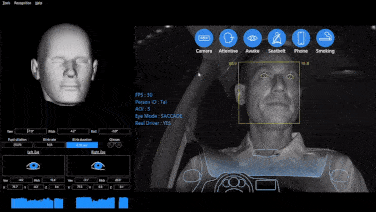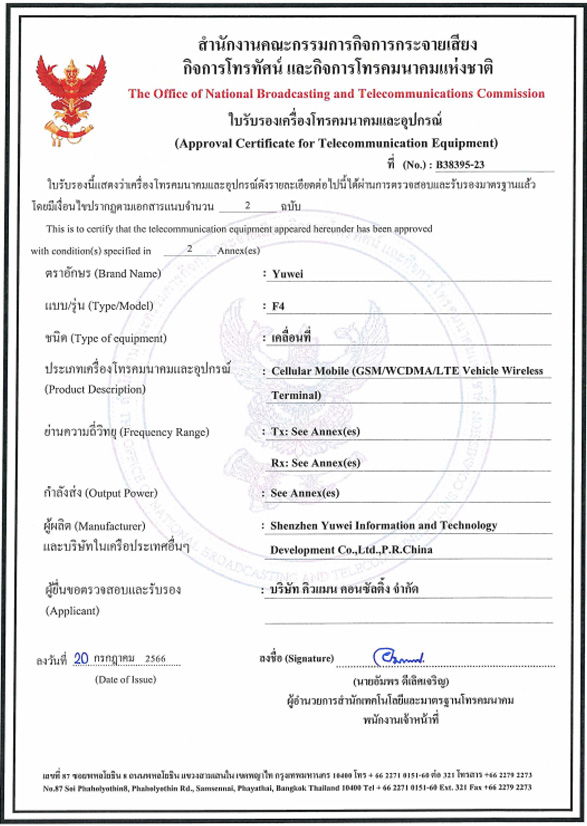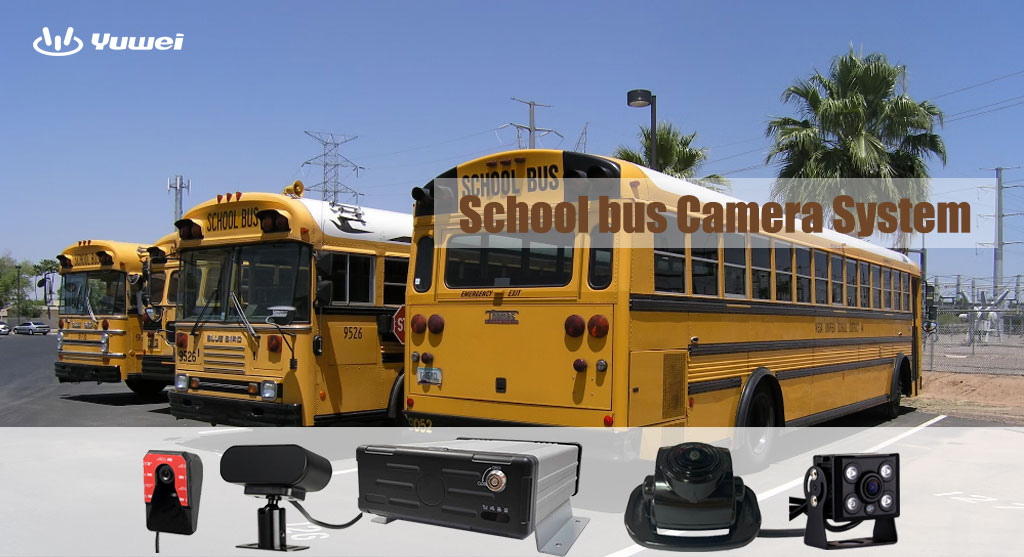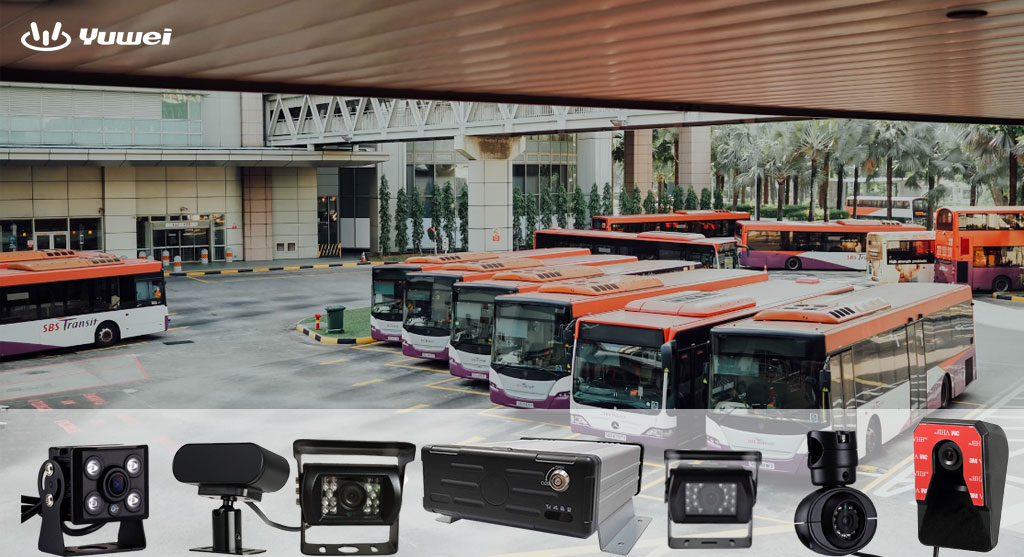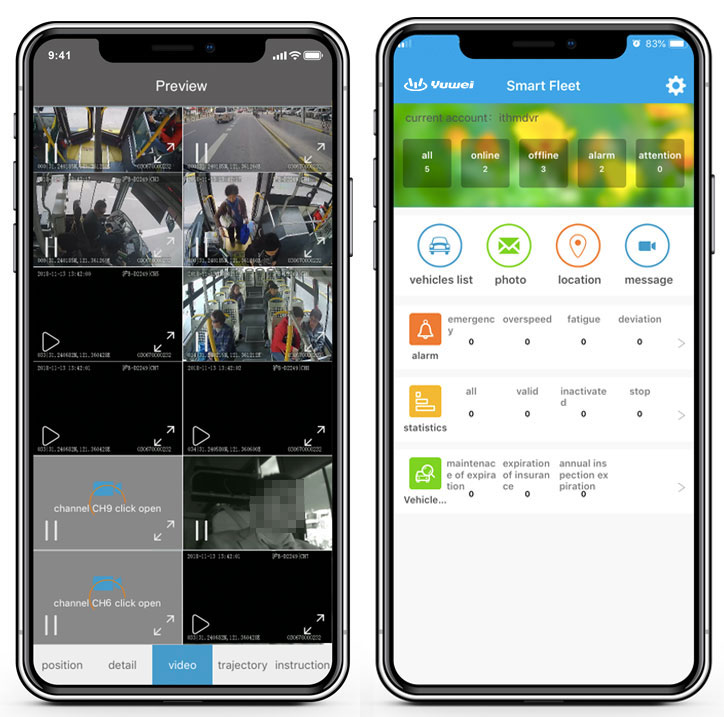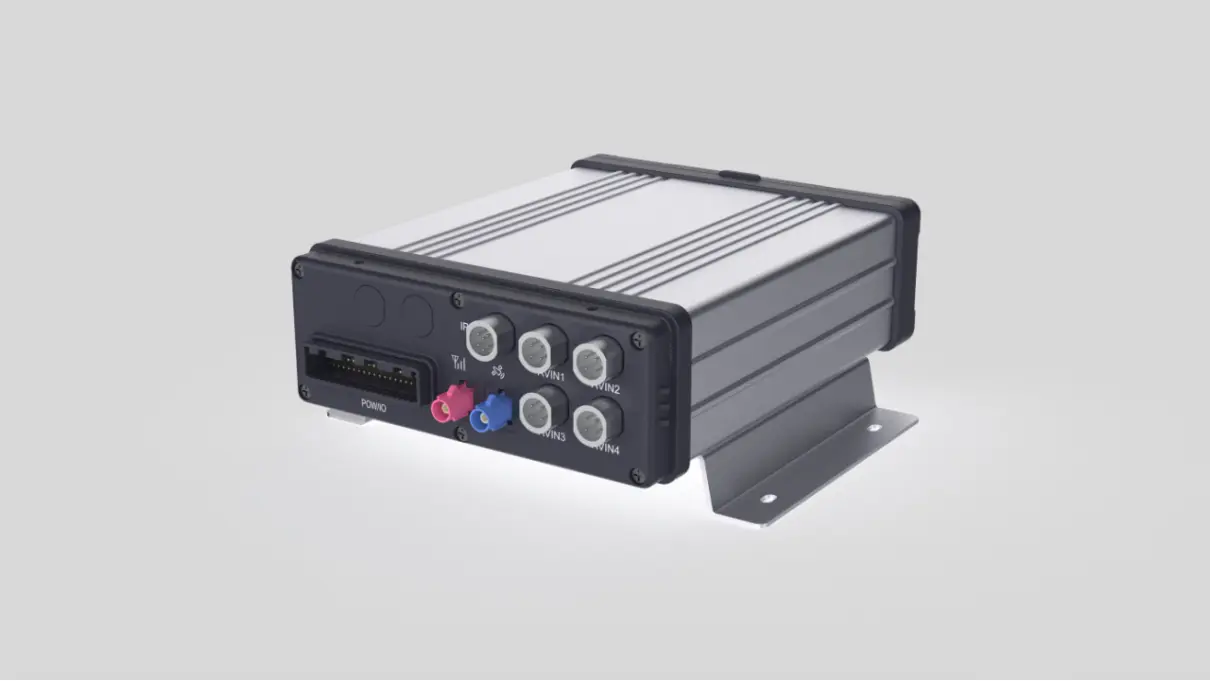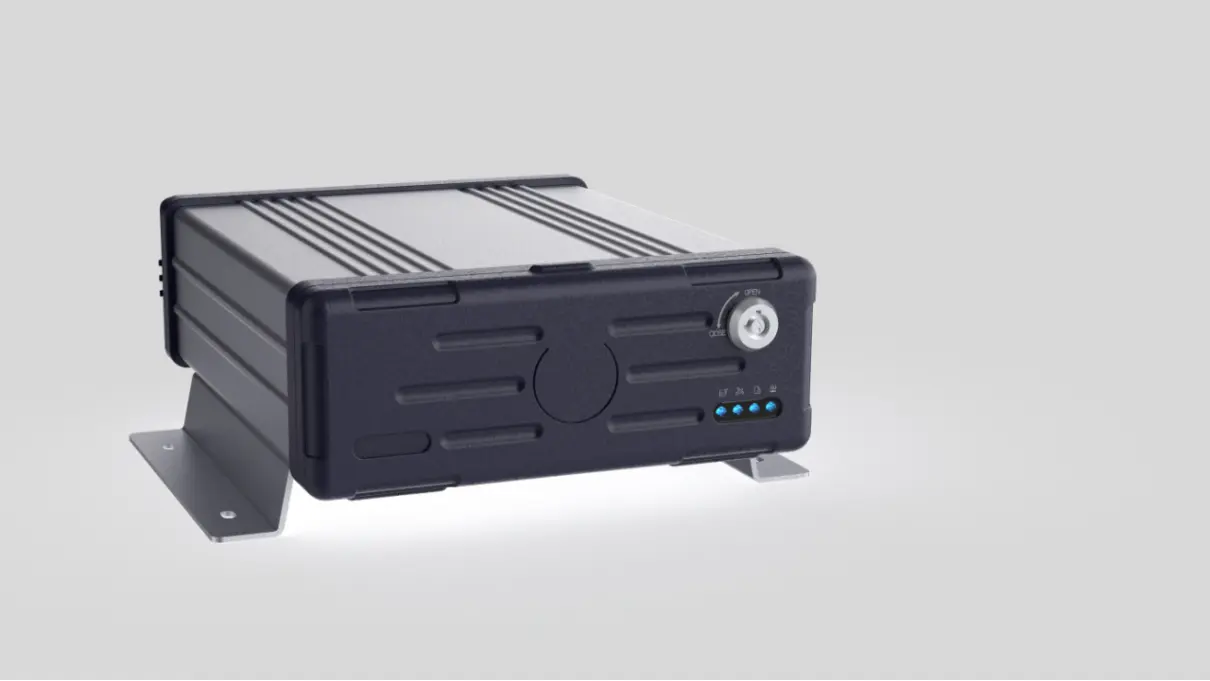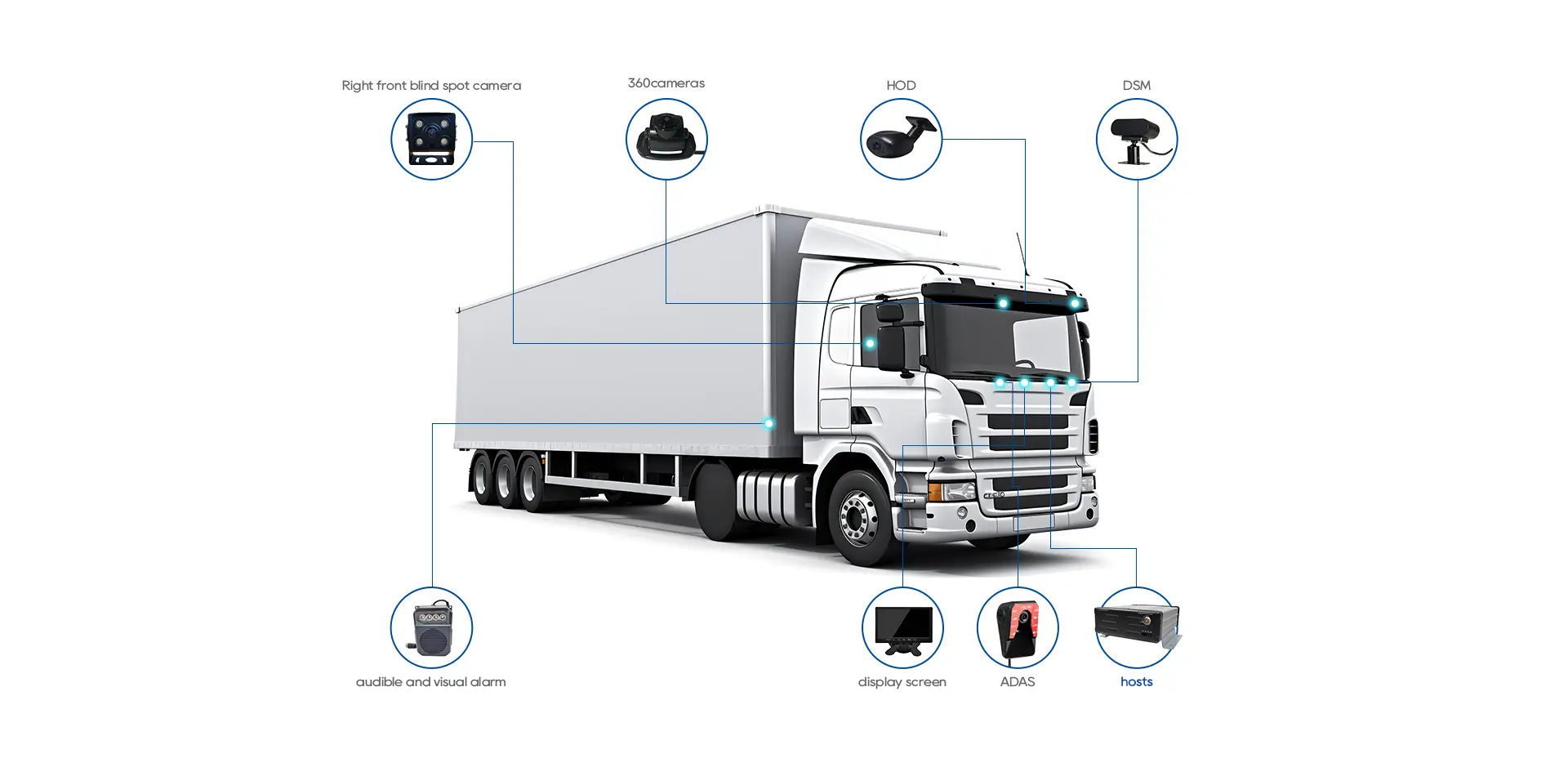4G Mobile DVR Manufacturer
4G Mobile DVR Supplier
YUWEI is a 4G Mobile DVR manufacturer, established in 1998 and headquartered in Shenzhen, China. With 26 years of experience in vehicle surveillance equipment development and manufacturing, our production facility spans 15,000 square meters. We employ over 600 workers, 230 senior engineers, and 40 technical support engineers. Our MDVR products are certified by the US FCC and EU CE, supporting EMC, ISO 7637, temperature, vibration, and durability tests. Our factory is ISO 9001 certified. We welcome your visit.
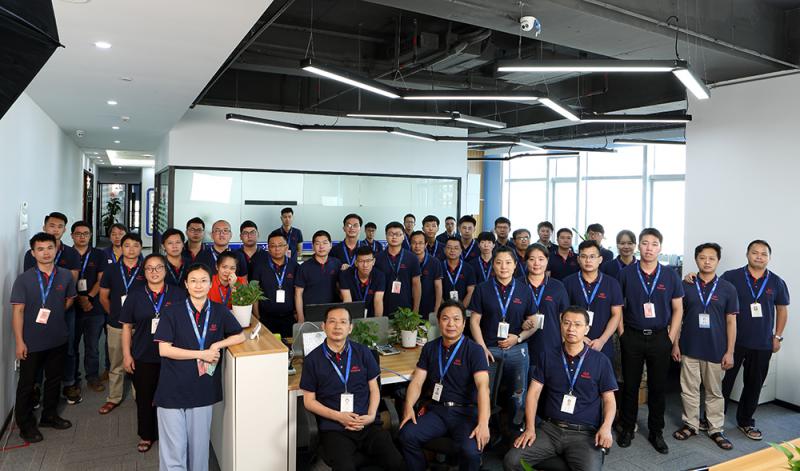
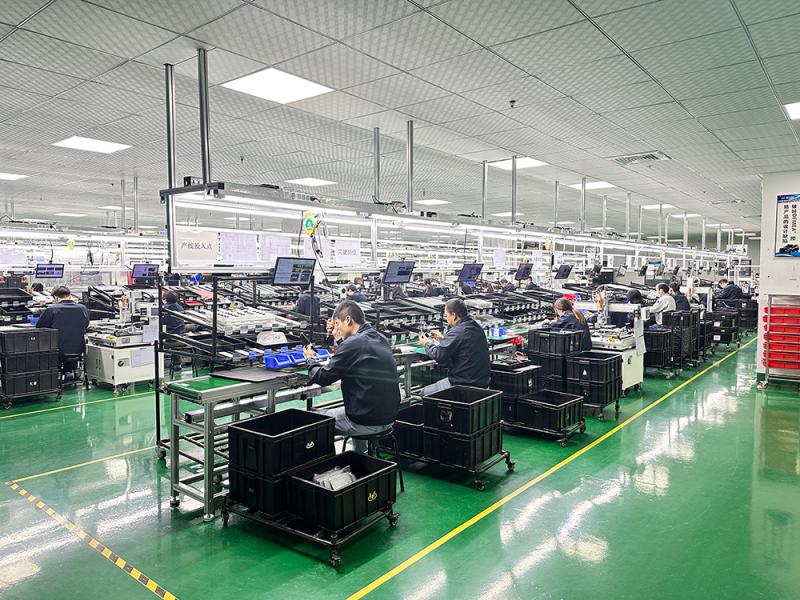
The F4, a best-selling 4G MDVR product in China in 2023, features SD card and hard drive support. It integrates GPS positioning, 1080p real-time video recording, telematics, 4G and Wi-Fi connectivity, ADAS driver assistance, and DMS driver monitoring systems. It supports 6-channel analog video input, including 2 channels of 1080P HD video, 2 channels of audio input, 1 IPC input, and 1 CVBS output, providing comprehensive audio and video intelligent monitoring and recording.
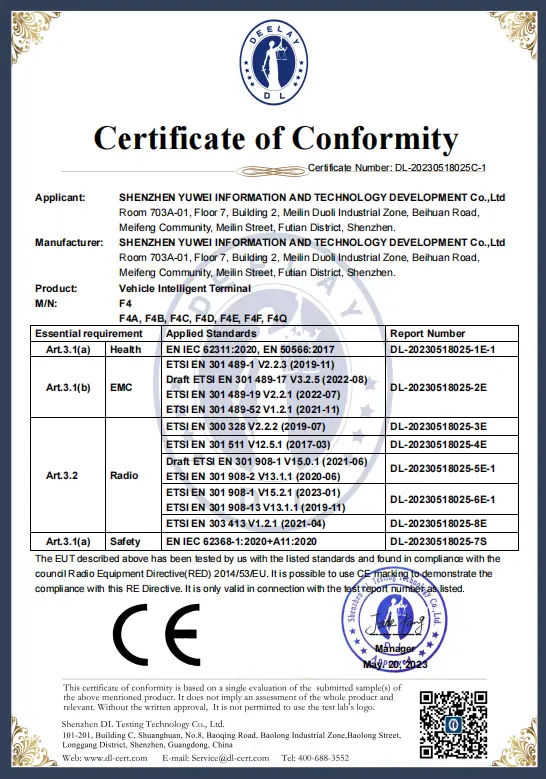

4G Mobile DVR Features:
- Supports H.265/H.264 image compression encoding
- Optional AI algorithms: DSM and ADAS
- Supports infrared remote control for easy configuration
- Uses aerial video interface with high reliability and strong shock resistance
- Built-in GPS positioning, optional 4G or Wi-Fi
- Power-off protection technology to prevent video file corruption after external power loss
- Storage: 1 SD card slot, up to 512GB
- 1 USB 2.0 port for downloading video files and firmware upgrades
- Excellent shock resistance, easy installation, supports 360° installation
- Wide voltage DC power supply (8V-36V), supports 12V POE power supply
- Operating temperature range: -25℃ to +75℃
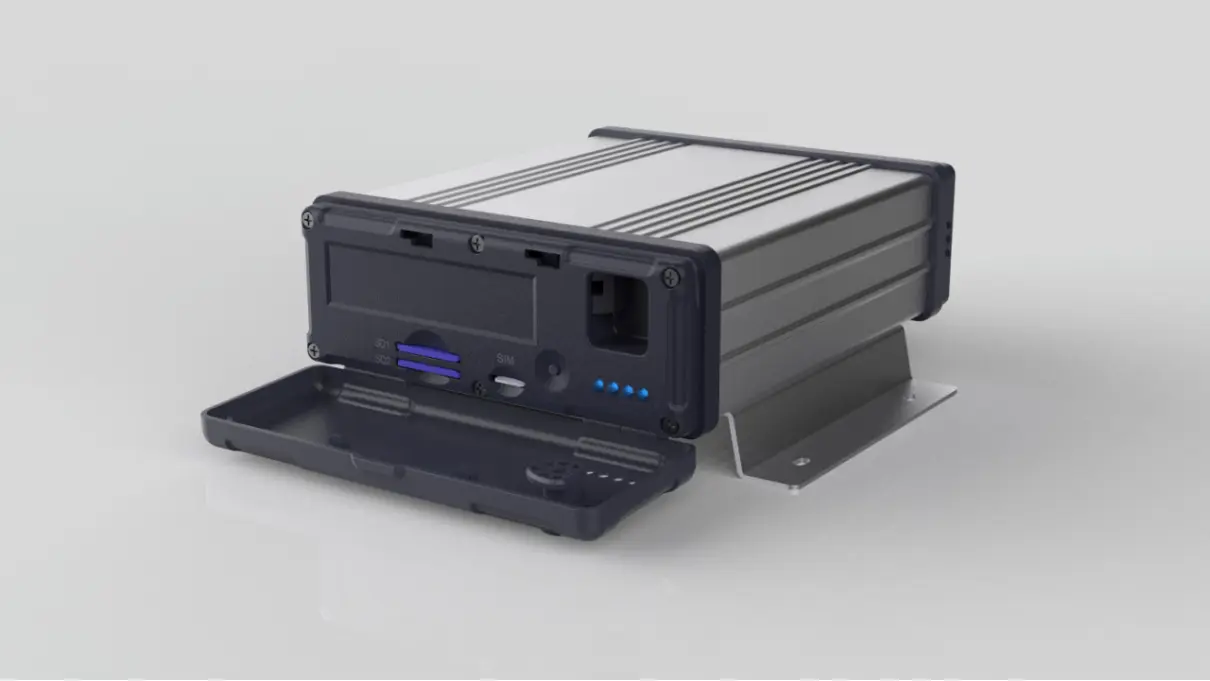
4G Mobile DVR Specifications
Item | Detailed Specification |
Appearance structure | Size: 145×58×193mm Shell material: PC+ABS, body material: aluminum alloy |
Protection grade | IP54 |
Environmental suitability | Operating temperature: -30℃~70℃, Storage temperature: -40℃~85℃ |
Working voltage | Working voltage range: 9 - 32V |
Support car battery protection: 8.5V±0.5V/12V system, 17V±0.5V/24V system | |
12V/24V adaptive,36V system is not supported | |
Ultra-low power consumption design | Static current <2mA Support zero- power-consumption sleep mode |
Power consumption | Average power consumption is less than 30W |
Super capacitor | 3 super capacitors can supply power to the system and camera |
2~3s to save the complete video before power failure | |
Indicator lights | 4 lights (1 positioning signal, 1 communication signal, 1 video recording, 1 terminal operation indication) |
External interface | Power supply: TE-1318384-2 |
Positioning antenna connector: Fakra-C blue | |
Communication antenna connector: Fakra-D | |
Video interface: M12-4 | |
IPC interface: M12-6 | |
Video | Maximum 6 channels of AHD/CVBS video input, can supply power to the camera, the output voltage value is 12V, single channel maximum output current 0.5A |
1-channel IPC video input connector, 12V power supply | |
1-channel CVBS output | |
Audio | 2-way camera recording, recording line supports key input detection |
1 way shout MIC input | |
Storage | 2.5-inch mechanical / solid state hard disk, can support 7mm / 9.5mm, hard disk shock absorption device fixed in the terminal (Maximum capacity support 2TB) |
2 SD cards, pluggable mode, does not support simultaneous recording (Maximum capacity support 512GB) | |
Data interface | 2-way RS232 interface, 5V power supply @ 500mA |
1-way 485 interface, 1 way IPC interface, 12V power output (1A) | |
Positioning module | GPS and BeiDou positioning module |
Communication module | 4G module |
SIM card | Drawer plug-in SIM card |
IO function | 8-channel input: ACC, left steering, right steering, door edge, emergency, reverse, brake, speed pulse |
1 way output: fuel break power |
YUWEI’s full HD 4G Mobile DVR has sold over 5 million units, serving fleets in Saudi Arabia, Dubai, Germany, the UK, Brazil, Mexico, Indonesia, Malaysia, Kuwait, and Turkey. YUWEI is your best supplier choice.
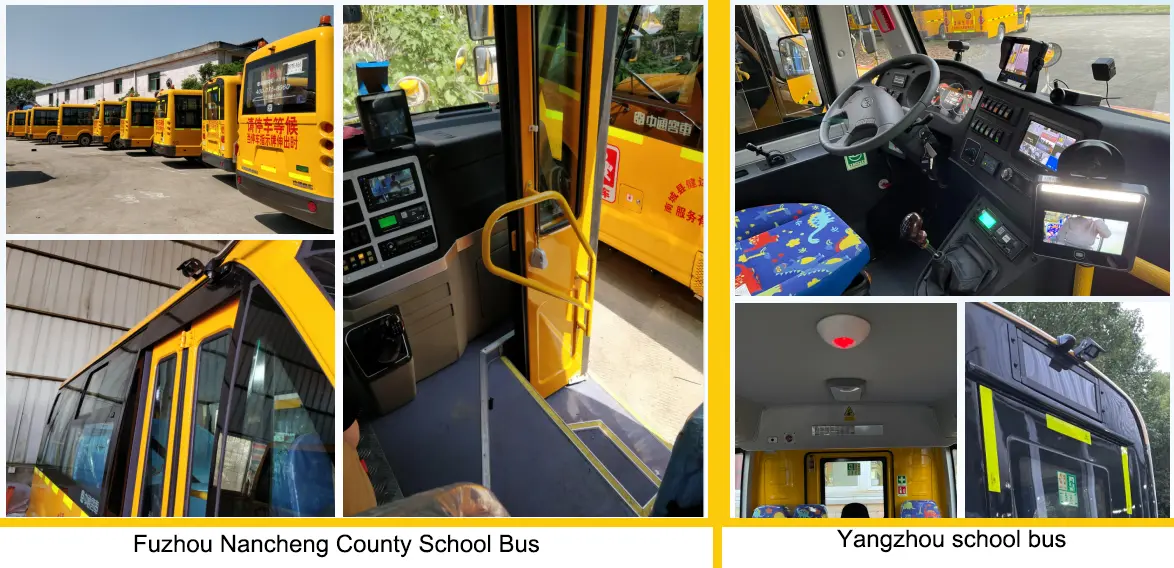
The 4G Mobile DVR provides high-quality H.264 video recording for fleets of trucks, buses, school buses, ambulances, fire trucks, public buses, engineering vehicles, and more, assisting fleet managers with telematics and tracking management.














